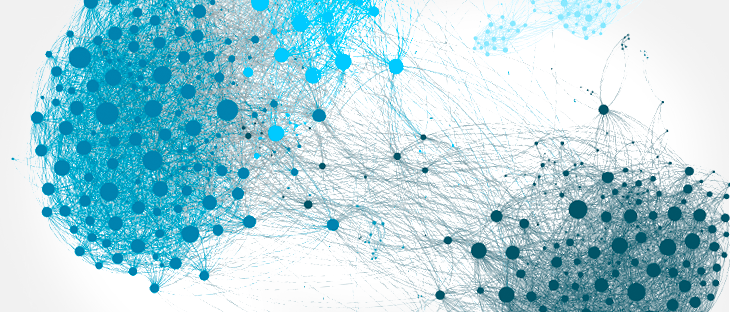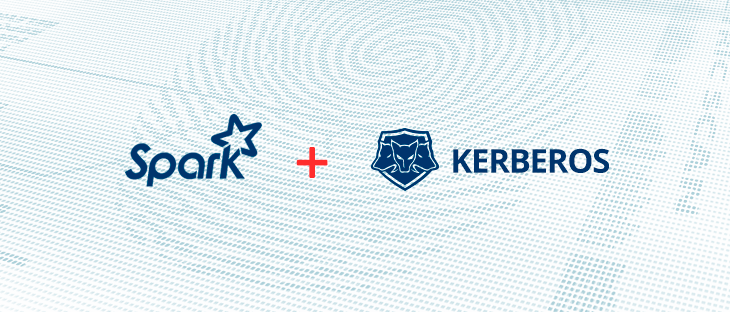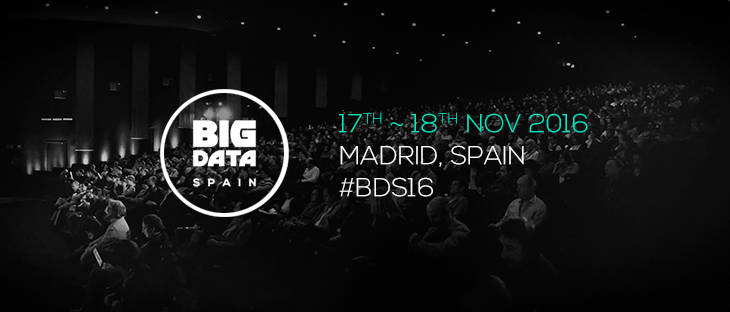This is the first part of a story, a story about how important it is to have a reliable release and deployment process.
This post is about an exciting journey that starts with a problem and ends with a solution. One of the top banks in Europe came to us with a request: they needed a better profiling system.
It is a common truism in Human Resources that labor turnover is generally bad news for a given company and that management must take precautionary measures to reduce it, or at least to keep it under control.
Amongst all the Big Data technology madness, security seems to be an afterthought at best. When one talks about Big Data technologies and security, they are usually referring to the integration of these technologies with Kerberos.
After the resounding success of the first article on recommender systems, Álvaro Santos is back with some further insight into creating a recommender system. Coming soon: A follow-up Meetup in Madrid to go even further into this exciting topic. Stay tuned!
On the 17th and 18th of November, I attended the Big Data Spain conference. It was my first time attending this type of events, and it was an excellent opportunity to meet experts in the fields and attend high-quality talks.
Remember issue #1 published in the summer? We are back with the next part in the series, wearing the hat of Pitfall Harry to look at some of the issues we have come across and how these have impacted our day-to-day job. We also include some tips for overcoming them.








